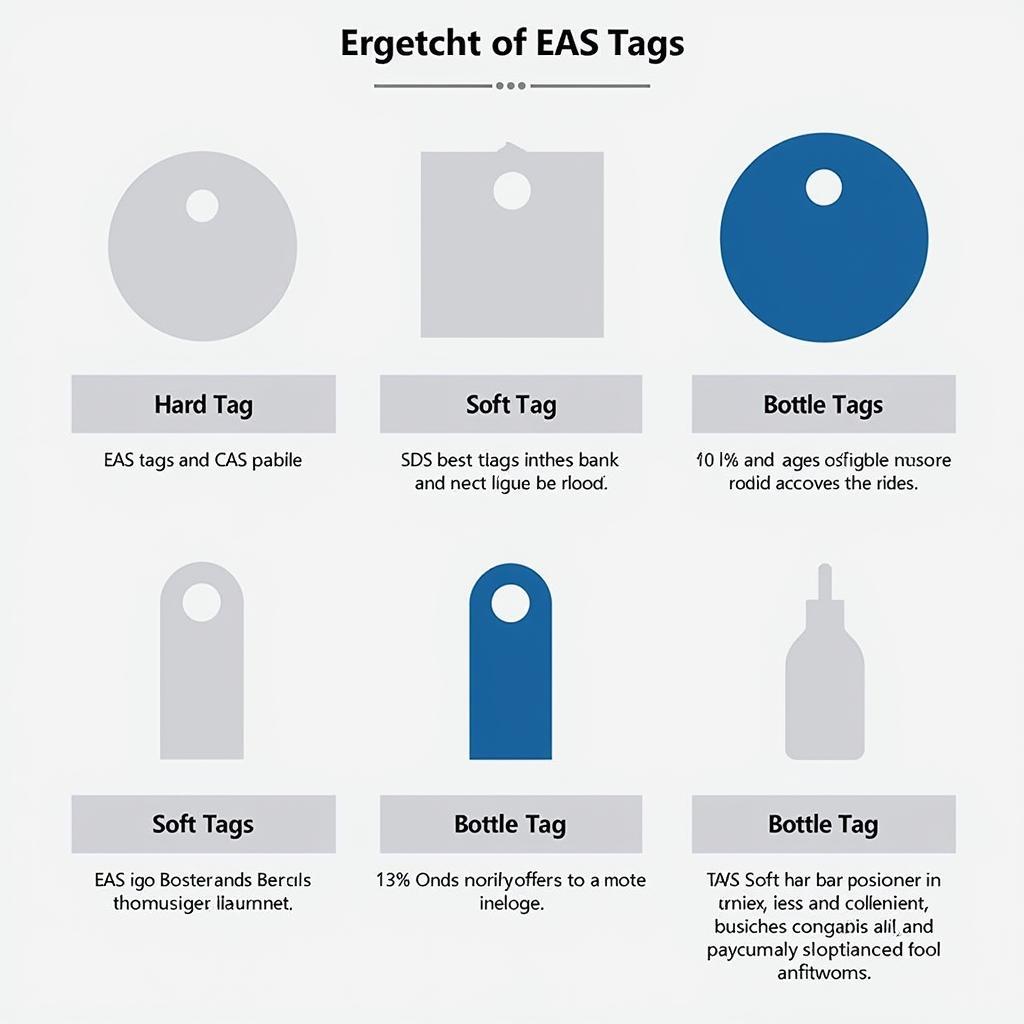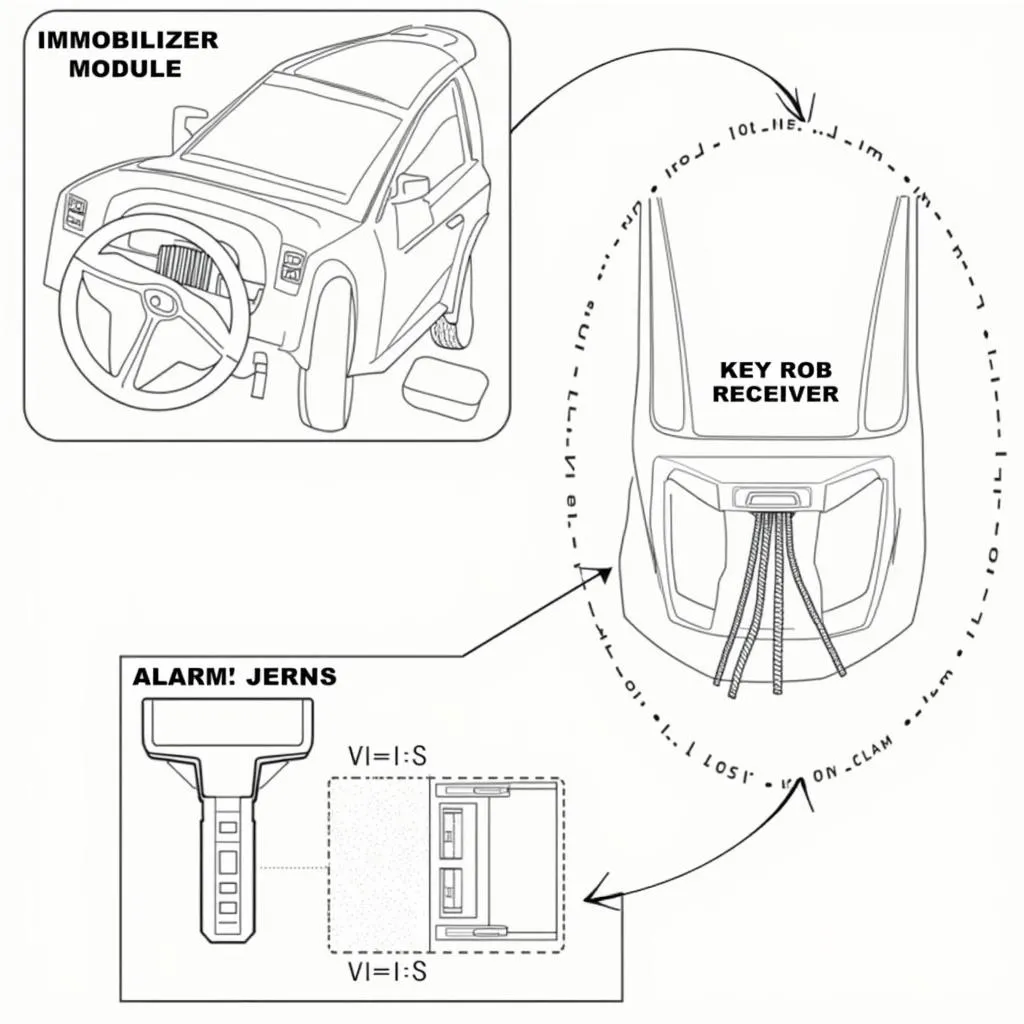Demagnetizing anti-theft strips can be a necessary process, whether you’re dealing with leftover security tags from purchased items or working in retail. This guide provides a detailed look at how these strips function, why you might need to demagnetize them, and the most effective methods for doing so. how to deactivate anti theft strips
Understanding Anti-Theft Strips
Anti-theft strips, also known as EAS (Electronic Article Surveillance) tags, are small devices used to deter shoplifting. They contain a magnetic strip or circuit that triggers an alarm at the store’s exit if not deactivated. These strips are a crucial part of retail security, but they can become a nuisance if they’re not deactivated properly after purchase. Understanding how they work is the first step to knowing how to demagnetize them. how does anti theft strips work
How Do Anti-Theft Strips Work?
The most common type of anti-theft strip uses a magnetic strip containing amorphous metal. This strip is magnetized in a specific pattern. When the strip passes through the detection gates at the store exit, the gates generate an electromagnetic field. If the strip’s magnetic pattern is still active, it disrupts this field, triggering the alarm. how do anti theft strips work
Methods for Demagnetizing Anti-Theft Strips
Several methods can be used to demagnetize anti-theft strips. Some are more reliable than others, and the effectiveness can depend on the type of strip.
Using a Deactivator Pad
The most common and reliable method is using a deactivator pad found at store checkouts. These pads contain a strong magnetic field that neutralizes the magnetic pattern in the strip, effectively deactivating it. This is the standard method used by retailers and offers a high success rate.
Powerful Magnets
Strong neodymium magnets or electromagnets can sometimes demagnetize anti-theft strips. However, this method is not always reliable and can damage the strip or the item it’s attached to. It requires careful placement and strength control to avoid unwanted effects.
DIY Methods: Fact or Fiction?
Several DIY methods circulate online, such as using microwaves, freezers, or hammers. These methods are generally ineffective and can be dangerous. They can damage the item or the appliance used and pose a safety risk. It’s best to avoid these unproven and potentially harmful methods.
 Various types of anti-theft strips commonly used in retail settings.
Various types of anti-theft strips commonly used in retail settings.
“It’s crucial to understand the different types of anti-theft strips and the appropriate demagnetization methods for each,” says John Smith, Senior Retail Security Consultant. “Using the wrong method can lead to damage or ineffective deactivation.”
Why Demagnetize Anti-Theft Strips?
Deactivating these strips is essential for several reasons:
- Preventing False Alarms: An active strip can trigger alarms even after purchase, causing inconvenience and embarrassment.
- Protecting Merchandise: Incorrect attempts to remove or demagnetize strips can damage the merchandise.
- Ensuring Proper Functionality: For retailers, proper deactivation is crucial for maintaining the effectiveness of their security system.
does a price gun demagnotize anti theft strips
Troubleshooting Deactivation Issues
Occasionally, anti-theft strips might not deactivate properly. This can be due to various factors, such as:
- Faulty Deactivator: The deactivation pad itself may be malfunctioning.
- Strip Placement: Incorrect placement on the pad can prevent proper deactivation.
- Damaged Strip: A damaged strip might not respond to the deactivation process.
If you encounter issues, it’s best to return to the store and request assistance. “Trying to force the removal of a stubborn strip can damage the item,” advises Maria Garcia, Loss Prevention Manager at a major retail chain. “It’s always safer to seek help from store personnel who have the proper tools and training.”
Conclusion
Demagnetizing anti-theft strips is a simple but essential process that ensures a smooth shopping experience and protects merchandise. By understanding how these strips work and using the correct demagnetization methods, you can avoid potential issues and ensure that your purchased items are free from unwanted security tags. Remember, always prioritize safe and reliable methods, and don’t hesitate to seek assistance from retail staff if needed.



